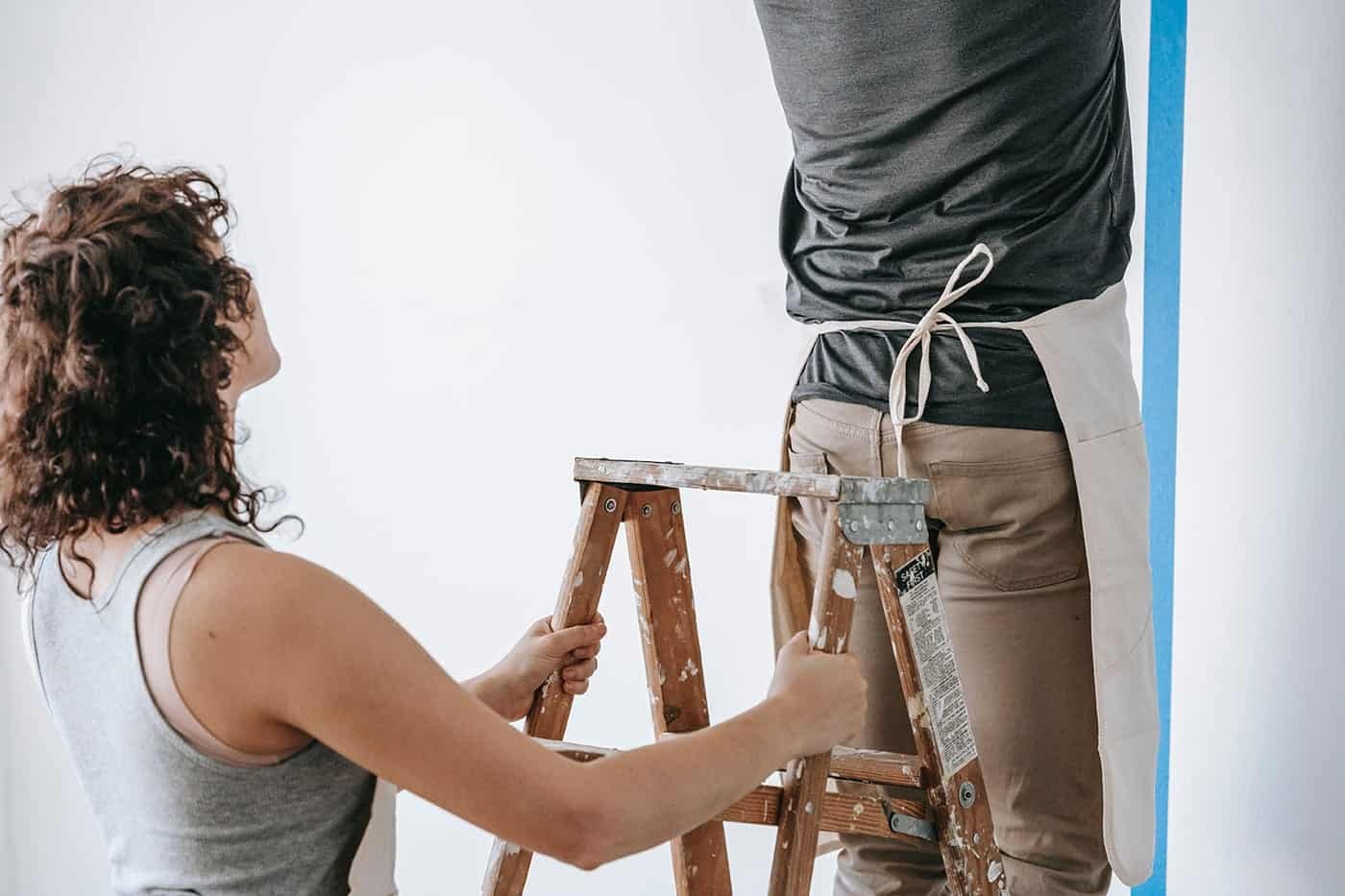Transitions Workshop
Warm-Up Part 1: 20 Minutes
A warm-up tailored to the demands of planche and handstand work, targeting shoulder stability, wrist flexibility, and core activation:
- Shoulders: Arm circles and shoulder rolls
- Wrists: Wrist rotations, stretches
- Spine Mobility: Cat-cow stretches
- Core Activation: Hollow body holds, rocks (engage your core, pulling ribs toward your pelvis)
- Stability Prep: Plank and side plank holds with emphasis on protracted shoulders (rounding your upper back)
Objective: Prepares wrists, shoulders, and core for stability and endurance, ensuring muscles are warm and active before the skill work.
Part 1: Planche Foundations (15 Minutes)
Starting with foundational planche positioning to set up form and stability before progressing to holds and leans.
- Hand Placement: Place hands at a 45-degree outward angle to improve leverage and minimize wrist strain.
- Shoulder Engagement: Depress shoulders (away from ears) and protract scapula (round upper back slightly) to activate shoulder stability.
- Core Engagement and Pelvic Tilt: Keep your core tight and tilt your pelvis slightly backward. Imagine pulling your lower ribs toward your hips.
- Key Progressions:
- Planche Leans: From a push-up position, lean forward, shifting shoulders in front of wrists. Aim for 10-15 second holds, keeping core and arms engaged.
- Tuck Planche Holds: Bring knees close to your chest while leaning forward, balancing on your hands.
Objective: Build understanding and comfort with planche mechanics and develop initial stability. Focus on proper form with a steady lean to avoid wrist strain.
Part 2: Handstand Foundations (20 Minutes)
Now that shoulders and core are primed, transition to handstand fundamentals. These exercises will build balance and alignment.
- Wall Handstand (Back to Wall): Practice alignment, pressing through shoulders and aiming for a straight line. Hold for 30-60 seconds as you build stability.
- Wall Shoulder Taps: In a wall handstand, lift one hand at a time, developing balance and shoulder strength. Perform slow and controlled taps for 10-15 reps on each side.
- Nose-to-Wall Hold: Walk up the wall until nose touches, focusing on a hollow body position. Hold for 30+ seconds, emphasizing body alignment and shoulder stability.
Objective: Establish a strong, balanced foundation for handstands with proper alignment. The wall assists in learning how to hold balance and stability before attempting freestanding holds.
Part 3: Planche Progressions (15 Minutes)
Return to planche work with intermediate progressions, focusing on holding techniques and introducing variations.
- Straddle Planche Leans: Perform planche leans with legs in a wide straddle, distributing weight. Aim for 10-15 second holds, gradually increasing lean and time.
- Banded Assisted Planche Holds: Use a pull-up band around hips for support, practicing holds from tuck to straddle. This allows you to progress with controlled support.
- Single-Leg Planche Holds: Transition to lifting one leg while maintaining balance, an intermediate step toward a full planche.
Objective: Develop strength and control in more challenging positions, with each progression providing incremental intensity.
Tuck Progressions (15 Minutes)
Moving into tuck holds and dynamic progressions, building core and shoulder strength with challenging holds.
- Tuck Hold on Elevated Surface (Chair/Blocks/Parallettes): Place hands on an elevated surface, pull knees to chest, and lift toes off the ground. Progress to holding for 10-20 seconds, maintaining balance with core engagement.
- Floor Tuck Hold: Bring knees to chest while balancing on hands. Start with 5-10 second holds, working up to longer durations with control.
- Tuck Rocks on Parallettes: Lean slightly forward and back while maintaining a tuck hold, building dynamic stability.
Objective: Refine core control and shoulder strength in compact tuck positions, enhancing strength for complex transitions.
Cool-Down & Q&A (5 Minutes)
Complete the workshop with gentle stretches to relax shoulders, wrists, and spine. Open the floor for participant questions.
- Stretches: Shoulder stretches, wrist flexor and extensor stretches, gentle spinal twists.
Objective: Stretch and relax targeted areas, facilitating recovery. Q&A allows participants to address specific questions, troubleshoot challenges, and reinforce understanding of the skills covered.
Additional Tips for Consistency and Progression
- Practice consistently (aim for 3-5 sessions weekly) to build skill over time.
- Prioritize quality over quantity; focus on controlled, slow movements in each progression.
- Use the “hollow body” position to maintain alignment and have a safe exit plan in mind (e.g., cartwheel out of handstands).
- Listen to your body and be patient; both planche and handstand progressions require time to develop strength and form.

